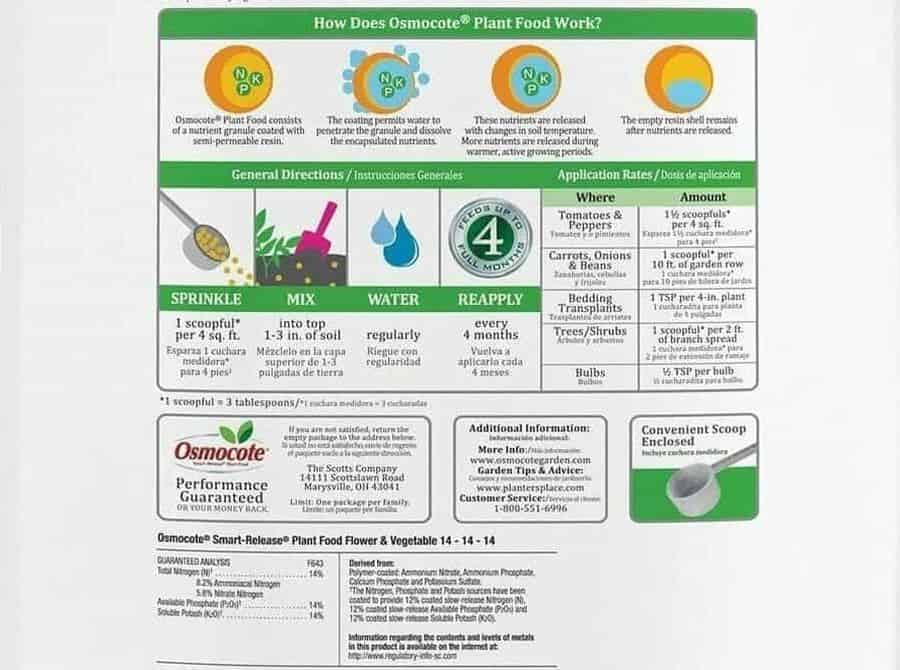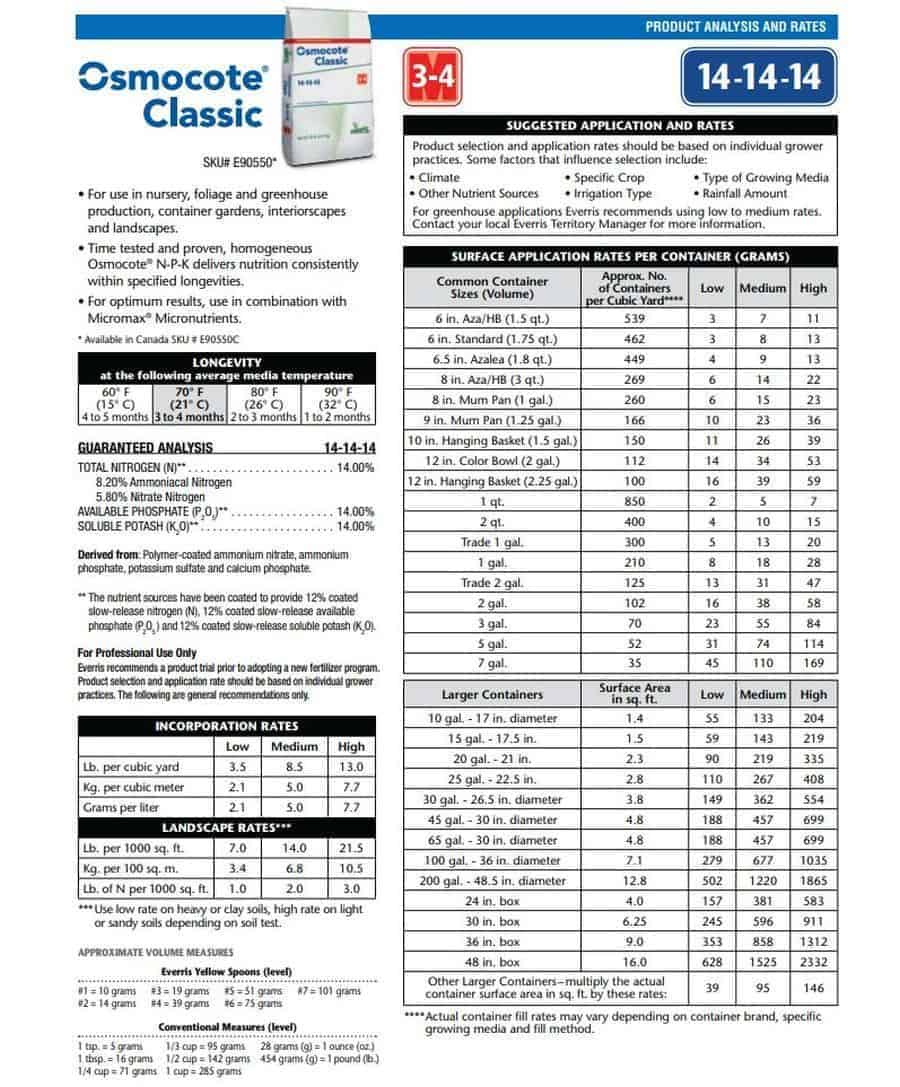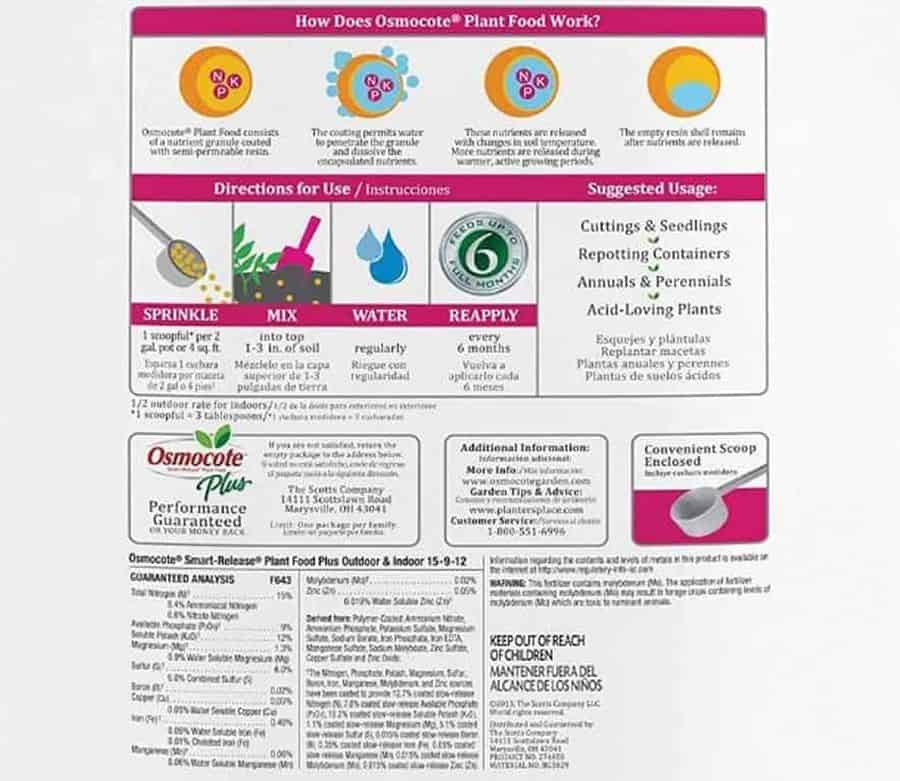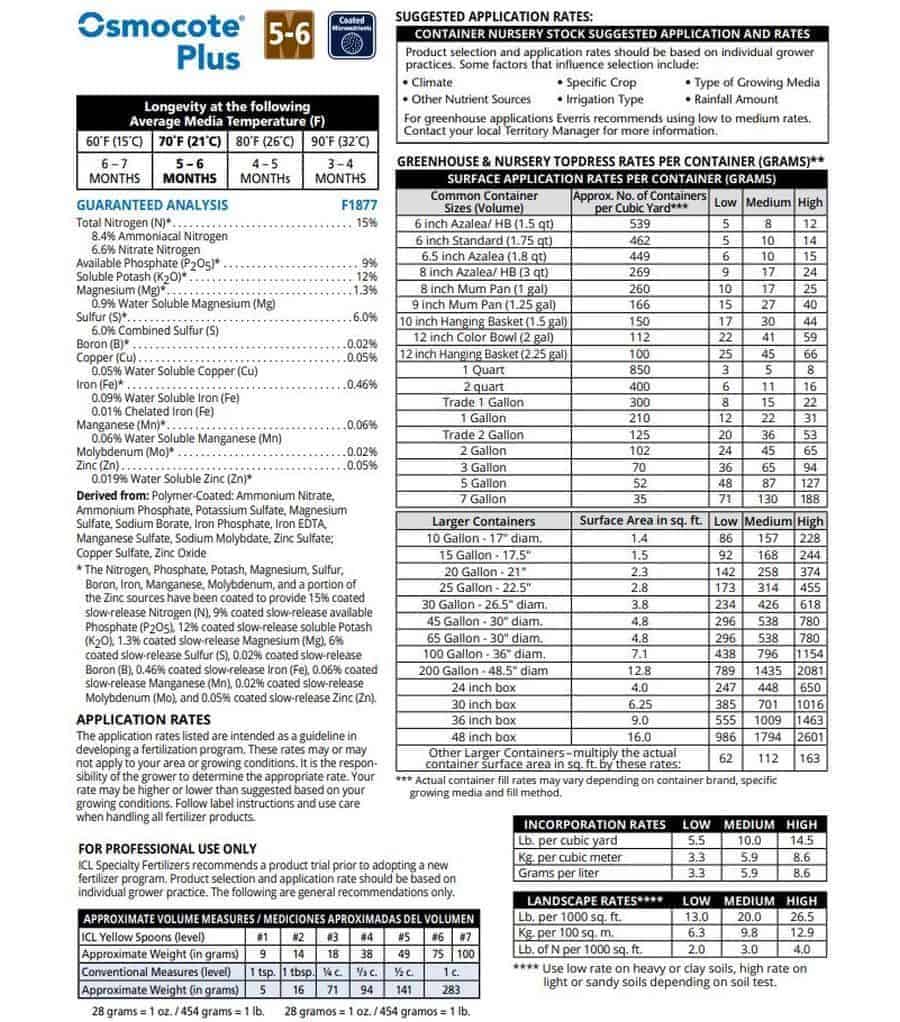Less work, one or two applications a year. Constant fertilizer available to your hostas. This is what makes slow release fertilizer for hostas a winner.
This type of fertilizer slowly releases nutrients into the soil so that they are available for longer periods. Slow-release fertilizers work well in all types of soils, including clay and sand, so don’t be afraid if you have one or the other.
Read on for some helpful information about how these fertilizers can benefit your garden.
What is Slow Release Fertilizer
Today slow-release fertilizers are a simple, cost-effective way to keep your plants healthy. Slow-release refers to the slow way in which the fertilizer breaks down. Slow-release fertilizer, sometimes called time-release fertilizer, is a small pellet or tablet that contains all of its nutrients.
The slow-release process slowly releases these nutrients over time so that they’re available continually to the plants.
The way the fertilizer is made or encapsulated determines the time over which the fertilizer is released. Typically, this can range from thirty days to 18 months.
What Are The Benefits Of Using Slow Release Fertilizer (SRF)
These slow-release fertilizers are perfect for people with busy schedules who want their gardens looking great but can’t put much time into them!
There are many benefits to using slow-release fertilizers, including:
It provides continual feeding of your plants.
The slow break-down process ensures that there is no risk of burning from high levels of nitrogen as can happen with other forms of fertilizer.
If you only have a small amount of time to work in your garden, slow-release fertilizer is perfect for you because with the proper choice it only needs to be applied once or twice during the growing season.
There are slow-release fertilizers available for many types of plants, so you can have the right slow-release fertilizer for your needs.
Because the release of fertilizer is controlled, there is less runoff and waste.
They cost more upfront, but they last longer and are less work than traditional fertilizers.
What Kinds of Slow Release Fertilizer are Available to the Home Gardener
We can divide slow-release fertilizers into two groups, chemical and organic. Both slow release types, which are available for the home gardener to use on their hostas, have different benefits.
Chemical Controlled Release Fertilizers
These slow-release fertilizers are usually composed of ammonium nitrate or urea, which are available in pellet form.
The fertilizer pellets are distributed around the hosta plant and slowly release nutrients, supplying a study even source of food rather than the feast or famine regime of many other fertilizers.
Some examples of slow-release fertilizers for hostas (or most garden plants) are Osmocote and Osmocote Plus. Other brands are Miracle-Gro Shake ‘n Feed, Schultz Slow Release Plant Food, Scotts Continuous Release Plant Food.
Most home gardeners will be happy with the Osmocote products, they have been around for years and are used extensively by commercial growers.
The plain Osmocote works just fine for hostas and other garden plants grown in the ground as a shortage of micronutrients in a well-tended garden is unusual.
If you are growing in containers, I recommend Osmocote Plus as micro nutrients get used up quickly in containers.
Consumer fertilizer labels have simple application instructions and leave a bit to be desired for gardener’s that want to know more. Commercial labels provide more detailed information, especially in regards to application instructions.
Shown below are the consumer and professional labels for two popular Osmocote fertilizers. The commercial label shows three application rates, low, medium, and high.
The medium application rate is similar to the application rates on the consumer labels. This medium rate works best in most situations. While the low rate works well if you are also using another fertilizer like compost in your garden.
Please avoid the high rate unless you have experience with these fertilizers and test first on a small selection of plants.
Here are the labels for Osmocote 14-14-14 3-4 month formulation:

The largest bag of this fertilizer I have noticed that is available in garden centers and home stores is 8 pounds which is sufficient for many gardens.

If you have a large garden the next step up is a 50 pound bag or possibly a repackaged container in an in-between size on eBay.
Look for the 50 pound size at a local nursery supply as shipping can be costly.
Here are the labels for the Osmocote 15-9-12 5-6 month formulation:


Organic Slow Release Fertilizers
There are many kinds of organic slow-release fertilizers available. Unlike slow release fertilizer pellets, slow-release fertilizers are made of organic material, instead of synthetic chemicals. A few examples are liquids, pellets, manures or just quality compost.
Most organic fertilizers are, by their nature, slow release to some extent. Finding slow release organics that will last all season with one or two applications is a bit more difficult.
Some of the best longer term results can be obtained with animal manures, compost or, better yet, a combination of the two.
As a commercial nursery guy, my experience is limited when it comes to organic fertilizers.
How do These Fertilizers Work
Slow-release fertilizers work by slowly releasing their nutrients into the soil. This means that your plants will absorb them over time, instead of all at once.
This is a great way to make sure that your plants are getting the nutrients they need, without your having to constantly apply fertilizer. It can also be less work for you, because you won’t have to worry about applying fertilizer as often.
How to Apply Slow Release Fertilizer
Commercial slow-release fertilizers can be incorporated into the soil, placed around the plants you want to fertilize. They can be spread on top of the soil in containers or used in small amounts during propagation.
When applying to the soil like granular fertilizer, it is best to work it into the first few inches of the soil. This keeps the prills from being easily damaged and makes the fertilizer release more even than leaving it lay on the soil surface.
When applying to individual plants in the garden, keep the prills away from the plant stems but within the drip-line. If possible, work lightly into the soil or top dress with mulch or compost, again to for an even release and to protect the prills.
For containers we just spread the proper amount of fertilizer over soil surface. You can also dig pockets in two or three places around the container’s edge, dribble in the prills and cover.
This way you are less likely to lose the fertilizer if the pot is tipped over, but it a lot more work.
When to Apply
With slow release fertilizers it is important to follow the label. I know, you are tired of hearing this but follow the label and keep yourself and your plant out of trouble, please.
Only make changes after the experience of watching the plants and noticing a problem. Also only make the change when it is time for a new application. If you change brands or formulations go back to the label recommendations.
Some labels are very clear on application rates. Some are overwhelming with information. As a new user use the middle rate and timing.
Cautions When Applying Fertilizer
When using any type of fertilizer, it’s important to read the instructions carefully and follow them closely. Fertilizers can be harmful to plants if they’re not used properly, and slow-release fertilizers are no exception.
You’ll want to make sure you’re applying enough fertilizer for your plants to get the nutrients they need. If you apply too much fertilizer, it can damage your plants and even kill them.
If this is your first year using these fertilizers, stay away from the upper end of the dosing range. Your hostas will be happy with the mid-range recommendations. Use the Osmocote sample label as a help aid in understanding the application rates.
Closing Thoughts
ou’ll want to make sure you’re applying enough fertilizer for your plants to get the nutrients they need. If you apply too much fertilizer, it can damage your plants and even kill them.
If this is your first year using these fertilizers, stay away from the upper end of the dosing range. Your hostas will be happy with the mid-range recommendations. Use the Osmocote sample label as a help aid in understanding the application rates.

